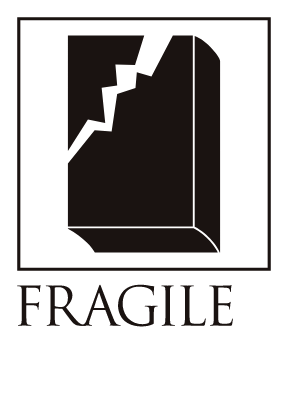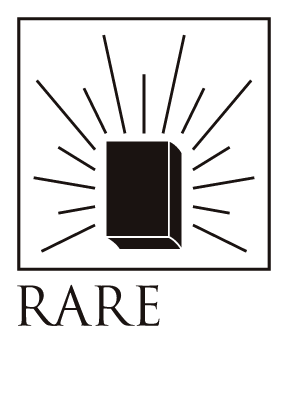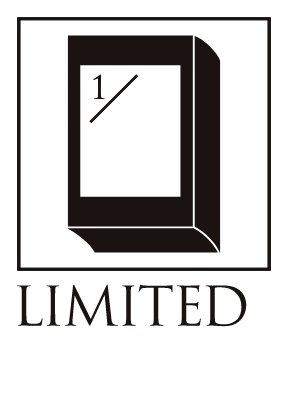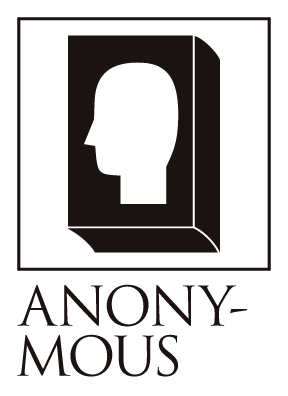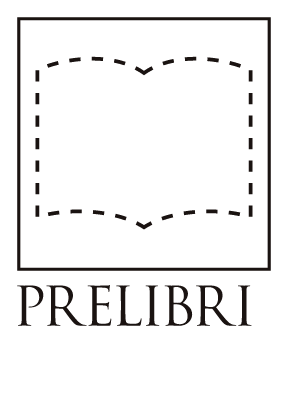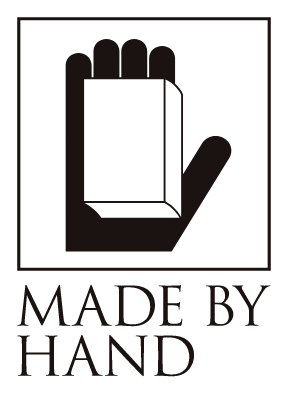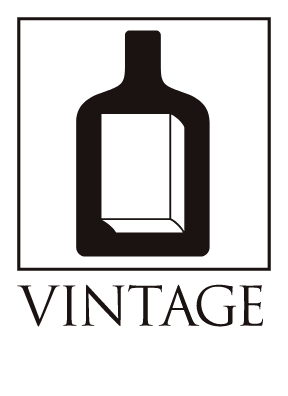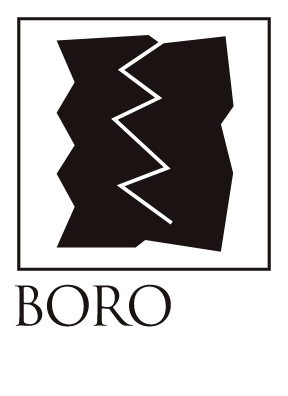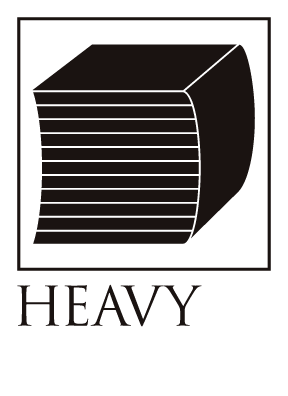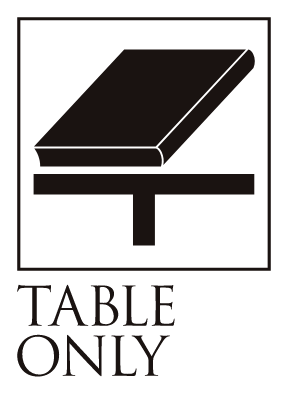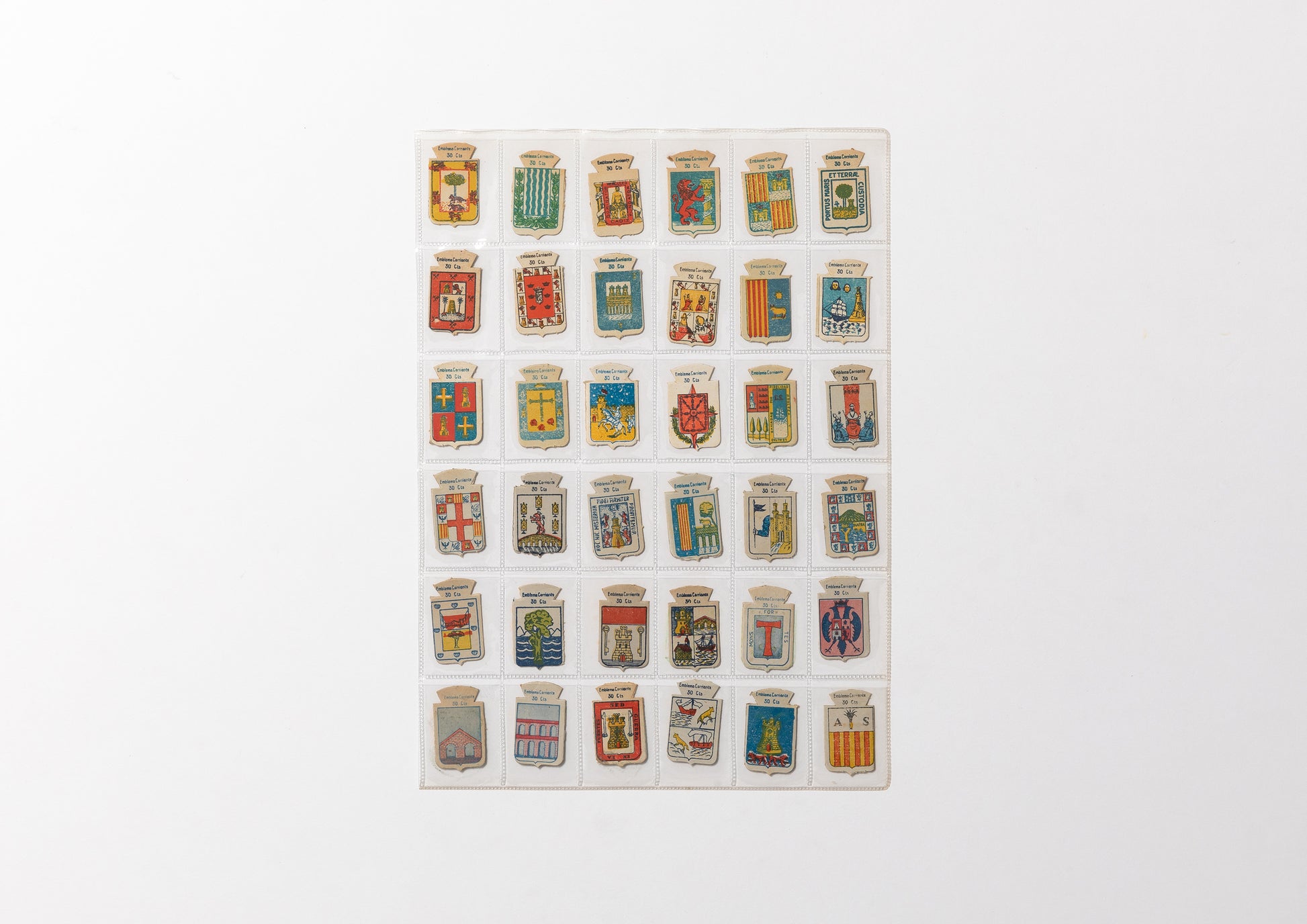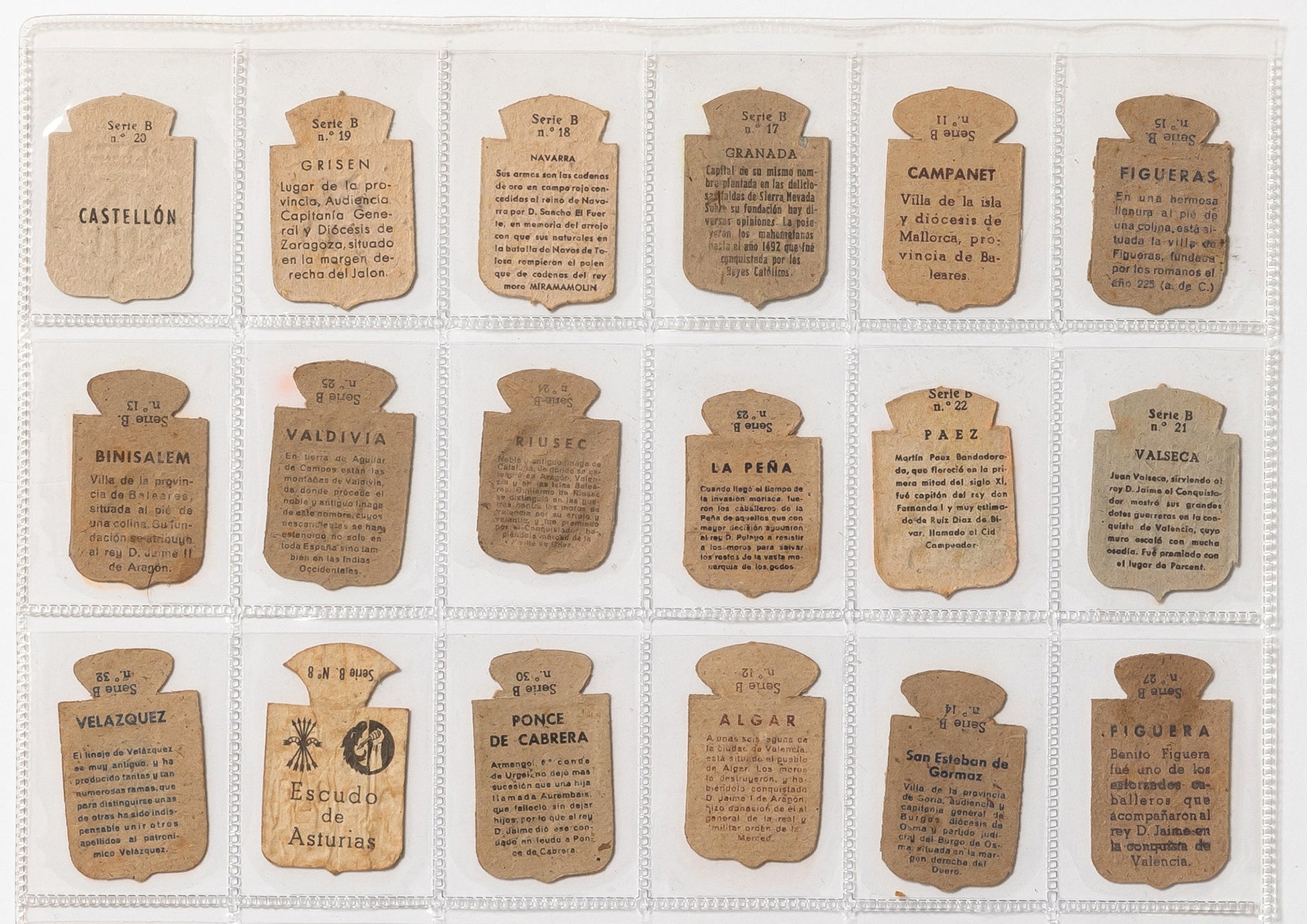Paper Emblem/no.8
Bibliographic Details
- Title
- EMBLEMAS DE AUXILIO SOCIAL
- Artist
- Anonymous / 不明
- Publisher
- AUXILIO SOCIAL etc.
- Size
- h320 × w230mm / sheet, h42 × w25mm/stamp
- Language
- Spanish / スペイン語
- Printing
- Letterpress printing / 活版印刷
- Materials
- Cardboard / 厚紙
Collected by an unknown collector / 無名のコレクターによる蒐集品、The misalignment of the plates on the reverse side is also somewhat amusing / 裏面の解説文が版ズレしていたりするのも、なんだか微笑ましい。
In turbulent Spain
Started by female social activists
Emblem donation.
This may make it seem like a lovely paper item with only good things going for it, but it also had a propaganda aspect to it from the Franco dictatorship. For more information on its complex background, please read the text.
These coat of arms-shaped prints were distributed in exchange for donations to AUXILIO SOCIAL, a humanitarian relief organization founded in 1936 in Spain under the Franco dictatorship. Apparently they were sometimes required to be presented when using public facilities or certain performances. Many of the coats of arms are Spanish in origin, and a short explanatory text is printed on the back. The motifs of the coats of arms are diverse, ranging from symbolic ones such as knights, swords, castles, sake cups, and the sun, to more unusual ones such as jester's shoes and pears. It is said that they were originally made of metal, and the embossed cardboard appearance may be a remnant of that time when they were made of metal.
Rare foreign paper items sometimes appear in large quantities in the Japanese used book market. This coat of arms-shaped item was purchased at a Japanese market. There were papers here and there with reference numbers written in the distinctive Western handwriting, so it seems likely that it was purchased in bulk from an overseas collector or dealer.
The designs are similar to Japanese patterns, and are all simple and elegant. You never tire of looking at them, as you discover something new every time you look at them. The fact that they are all lined up in the same size also tickles the collector's heart. The most common type of small card to be seen is a cigarette card enclosed in a cigarette package as a freebie, but I have never seen such a deformed card. As I was scratching my head, a customer who had noticed the cards that had arrived in the store used his cell phone to tell me, "It looks like a Spanish red feather."
Using this teaching as a clue, I did some searching and came across an organization called AUXILIO SOCIAL, which I learned about for the first time. This organization is said to have extended a helping hand to those in need during the Spanish Civil War, so its spirit is indeed the same as Japan's Red Feather. But the problem lies beyond that. It was said to have become an important propaganda tool for the Franco regime. It was said that the female leaders (founder: Mercedes Sanz-Bachiller, 1911-2007) made frequent study trips to Nazi Germany to use it as an example for themselves...but things were starting to look bad.
No matter how small a printed matter is, it was born out of necessity and carries some history. Sometimes, from behind its adorable appearance and cool face, a completely unexpected face can be seen. The net of heaven is wide and thin, but nothing escapes it. Through my work, I have learned that it is quite difficult to "pretend that nothing ever happened" no matter what the event. Even if a print seems insignificant at first glance, as long as it remains, there will be at least one person, somewhere, someday who wants to know the reason for its existence... In other words, a secondhand bookstore may be a relay and a life support device to deliver pieces of history to such people. This emblem is waiting for the day when it will be handed over to someone who will take good care of it and enjoy its appearance for a while until the next person who questions its reason for existence appears someday, somewhere.
I remember one time, a customer who usually collects materials related to Japanese-French cultural exchange laughed and said that he was secretly planning to build a "collection of the world's greatest villains." Why would he go to such lengths? Recently, I have found what seems to be an answer to this question. It is better to leave traces of negative history in an unknown place, far from the actual site. So that they are not crushed by interests, convenience, and misunderstood pride.
I think that perhaps in this way people have sown the seeds for exploring history.
Text by Masago Sato
